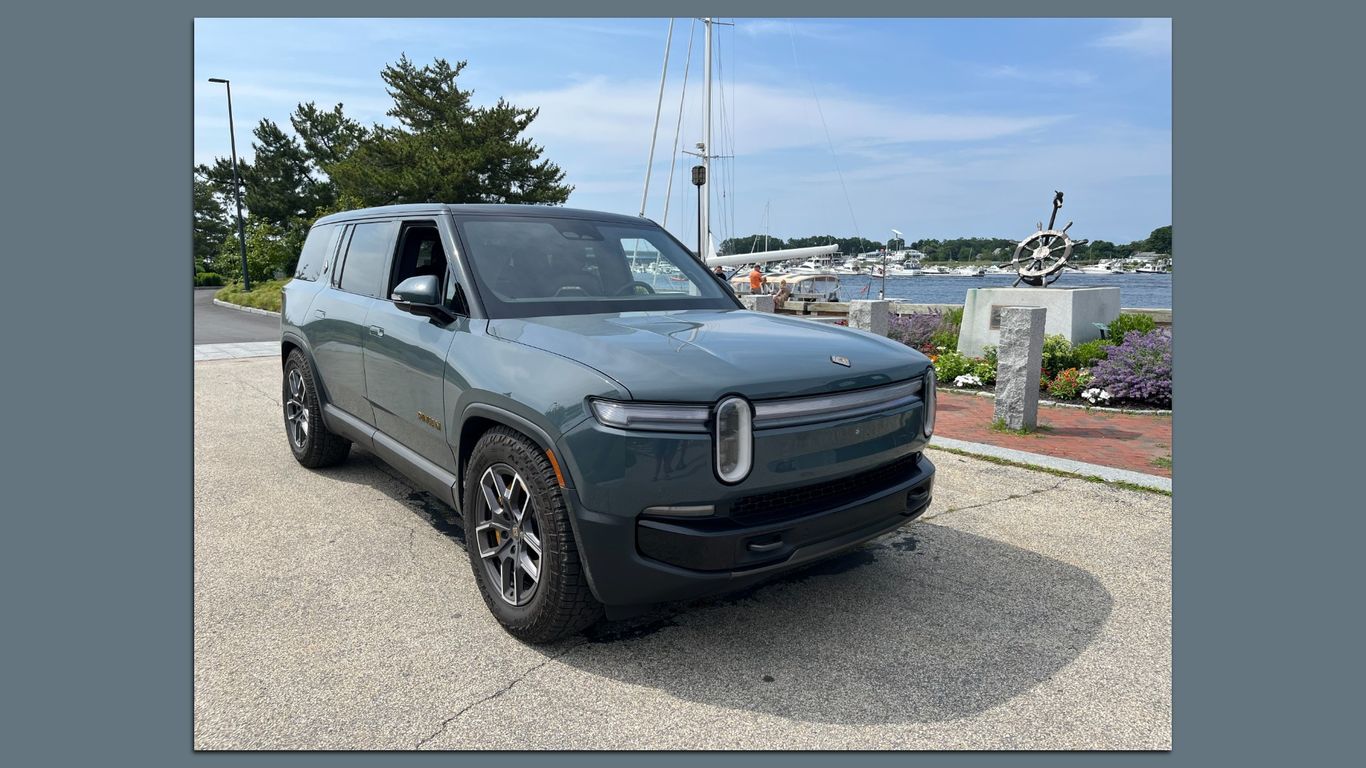Summer EV road trips are easier than ever

The Evolution of Electric Vehicle Road Trips
Road trips have always been an adventure, but this summer I discovered that a cross-country journey in an electric vehicle (EV) is far less daunting than it seemed just a few years ago. Many modern EVs now boast a driving range of 300 miles or more—comparable to traditional gasoline cars—and high-speed charging has become significantly easier to access, especially with Tesla Superchargers now open to other brands.
This shift is crucial for potential EV buyers who often struggle with "range anxiety." However, despite these advancements, sticker prices remain high, and the disappearance of EV tax incentives continues to pose challenges for affordability.
A Journey Through Time
In February 2023, my husband and I embarked on a 2,500-mile road trip from Michigan to Florida and back in a Kia EV6. Our goal was to test whether America was ready for the era of electric transportation. We faced several challenges and learned valuable lessons along the way.
Fast forward to this summer, I wanted to see how things had changed, particularly regarding the availability of charging stations. So, we planned a 2,200-mile trip from Michigan to Maine and back in a Rivian R1S loaned from the automaker's press fleet.
The Rivian R1S: A Powerful but Complex Ride
The Rivian R1S is a 7-passenger electric SUV and the company’s most popular model. We drove the Tri Max version, which features three electric motors and a massive 140 kWh battery pack. This powerful setup delivers 850 horsepower and an EPA-estimated 371 miles of driving range. However, the all-terrain wheels reduced our range to 326 miles, even in "Conserve" mode.
The base price of the Tri Max is $105,900, but with upgrades, our version came to $114,850. One of the highlights of the R1S is its hands-free technology, specifically the enhanced highway assist system, which allows us to take our hands off the wheel while staying attentive. Yet, the system often asked us to retake control in areas where it lacked confidence, such as near construction zones or highway rest areas.
Learning Curve and Design Challenges
Driving a Rivian requires a steep learning curve. Unlike traditional vehicles, there are no physical switches on the dash. Everything is controlled through a large touchscreen, similar to Tesla, and with unlabeled thumbwheels on the steering wheel. Adjusting seats, mirrors, or the steering column involves a two-step process, which can be frustrating at times.
Trying to operate a computer screen at 70 miles per hour is challenging; every bump in the road causes your finger to miss its target. The Rivian's driver-monitoring system frequently reminded me to keep my eyes on the road. I wanted to scream back: "Then don't put all the controls in hard-to-reach places!"
At least the Rivian is equipped with Amazon's Alexa voice assistant to help handle some commands. Another issue we encountered was the Mapbox-based navigation system, which was notoriously bad. It often had us driving in circles or sending us in the opposite direction of our chosen route. Frustrated, we resorted to using Apple Maps on our phones, as the Rivian doesn’t support Apple CarPlay or Android Auto.
However, there was good news: Rivian recently announced it will switch to Google Maps, while retaining helpful features like EV range estimates and charging stop selections.
Charging Infrastructure Has Improved
Charging wasn’t the stressor it was two years ago. Tesla opened its Superchargers to other brands starting in 2023, qualifying for tax breaks in return. Initially, non-Teslas needed an adapter, but most brands are now migrating to Tesla's streamlined plug style.
According to the U.S. Department of Energy database, Tesla has roughly 2,700 Supercharger stations in the U.S., with over 32,000 charging ports. Tesla's network alone represents more than half of the fast-chargers in the U.S., and about two-thirds of Tesla locations are currently open to other car brands.
During our trip, we stopped to recharge 17 times over two weeks, typically for 20–30 minute sessions—long enough to use the bathroom or grab a snack. We weren’t stressed about charging the battery all the way to 100% because we had plenty of range and knew we’d have other opportunities down the road.
We preferred Tesla Superchargers or Rivian Adventure Network locations because both offer streamlined "plug-and-charge" capability. When you plug the cable into the car, it automatically identifies your vehicle, verifies your account, and starts charging without swiping a credit card or using an app.
Cost Considerations
Charging away from home can be expensive, although some hotels allow free overnight charging. According to the U.S. Energy Information Administration, residential electricity costs an average of 17 cents per kilowatt-hour (kWh). Many public networks charge closer to 56 cents per kWh. We spent a total of $598 on charging during our trip.
The Bottom Line
Road trips should be fun, and ours was because we weren’t preoccupied with where we’d charge next. The improvements in EV technology and charging infrastructure have made long-distance travel more accessible and less stressful than ever before.